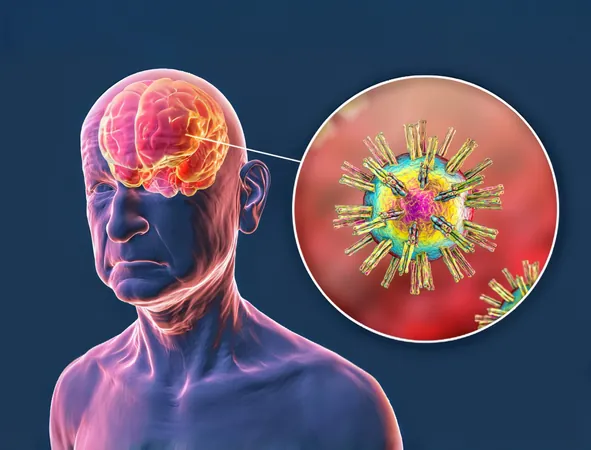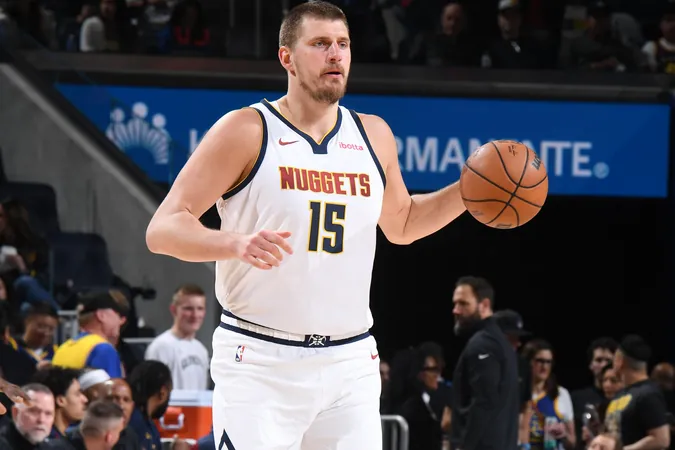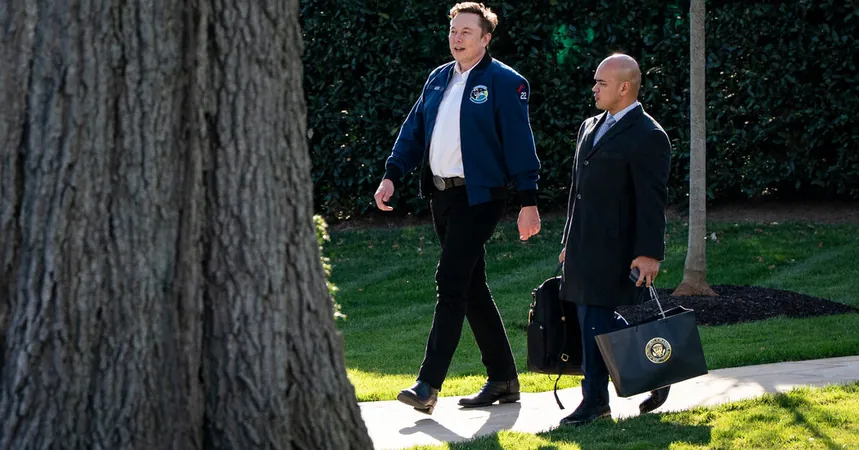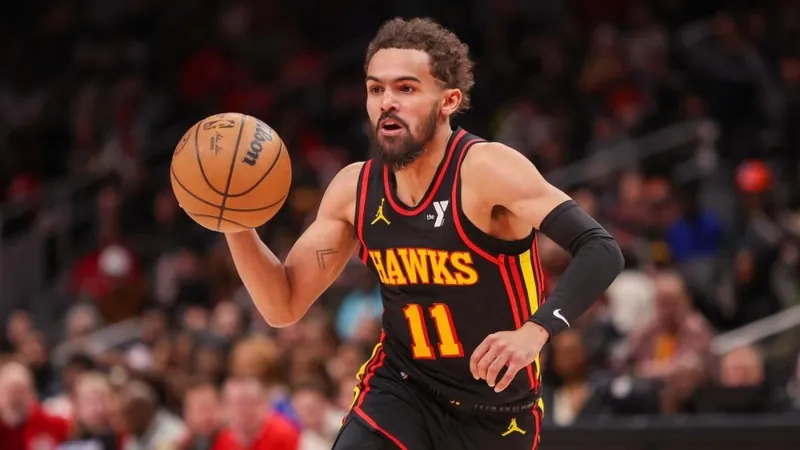
Shocking Discovery: Could Head Injuries Activate Dormant Viruses in Your Brain?
2025-01-12
Author: Ying
Shocking Discovery: Could Head Injuries Activate Dormant Viruses in Your Brain?
Concussions have long been dismissed as mere hazards of contact sports, but groundbreaking research is changing the narrative. Studies from Tufts University and the University of Oxford have unveiled a startling connection between head trauma and the activation of dormant viruses, a revelation that raises concerns about long-term neurodegenerative diseases, including Alzheimer's.
Published in the journal Science Signaling, the researchers suggest that antiviral treatments initiated promptly after head injuries may mitigate the risks associated with these dormant viral activations.
The Hidden Danger of Dormant Viruses
Many people may be unaware that our bodies host a variety of dormant viruses, such as the herpes simplex virus 1 (HSV-1) and varicella-zoster virus, which can lie in wait within neurons or glial cells without posing immediate risks. Dana Cairns, the lead author and a research associate at Tufts University’s Department of Biomedical Engineering, previously discovered how a virus like varicella could create an environment that activated HSV-1, prompting critical questions about head trauma.
Cairns pondered, "What occurs if we expose brain tissue to a physical shock, similar to a concussion? Could this wake the HSV-1 virus and trigger neurodegenerative processes?"
Lab Experiments Mimic Real-World Trauma
To investigate, researchers created an innovative brain tissue model, shaped like a 6mm wide donut and constructed from silk protein and collagen, embedded with neural stem cells. These stem cells developed into a network akin to a real brain. They then subjected the model to simulated concussions using a device that creates a controlled shock.
Remarkably, in samples containing HSV-1, the virus reactivated after the traumatic simulation. This reactivation prompted critical signs of Alzheimer’s disease to emerge: amyloid plaques, tau tangles, inflammation, the death of neurons, and a rise in glial cell activity—a phenomenon termed gliosis. Notably, tissue models free of HSV-1 displayed only minimal signs of inflammation and no other Alzheimer’s markers.
The Implications of These Findings
These results strongly indicate that concussions can potentially awaken dormant viruses within the brain, leading to long-lasting neurodegenerative consequences. Cairns emphasizes that this research opens new avenues for treating patients after head injuries, suggesting that antiviral or anti-inflammatory medications could prove essential in preventing the activation of HSV-1 and subsequently reducing the likelihood of Alzheimer's.
This finding strongly suggests a rethinking in post-concussion care strategies to avert extensive damage tied to repeated head injuries.
Advancements in Brain Modeling Technology
David Kaplan, a leading professor of engineering at Tufts and co-author of this pivotal study, noted the importance of their lab-based brain model. "This tissue model elevates the understanding of connections between injury, viral infections, and Alzheimer’s disease," Kaplan stated. The ability to create a realistic brain environment allows researchers to scrutinize virus behavior, plaque development, and inflammatory reactions following simulated trauma.
The model not only links large-scale epidemiological evidence related to Alzheimer’s but also serves as a foundational tool to test new drugs aimed at combating these diseases.
A New Hope for Treatment Options
These results spotlight the potential for targeted antiviral or anti-inflammatory treatments post-concussion. Such interventions may dramatically decrease the chances of developing severe neurodegenerative conditions in the future. The findings could transform our understanding of how environmental factors and physical trauma impact brain health.
As further refinements in brain modeling and research emerge, scientists anticipate developing interventions that notably benefit athletes and others affected by traumatic brain injuries, potentially revolutionizing care practices and long-term health strategies.
Stay tuned as we explore this developing story, and consider how such breakthroughs might reshape your views on concussions and brain health!




 Brasil (PT)
Brasil (PT)
 Canada (EN)
Canada (EN)
 Chile (ES)
Chile (ES)
 Česko (CS)
Česko (CS)
 대한민국 (KO)
대한민국 (KO)
 España (ES)
España (ES)
 France (FR)
France (FR)
 Hong Kong (EN)
Hong Kong (EN)
 Italia (IT)
Italia (IT)
 日本 (JA)
日本 (JA)
 Magyarország (HU)
Magyarország (HU)
 Norge (NO)
Norge (NO)
 Polska (PL)
Polska (PL)
 Schweiz (DE)
Schweiz (DE)
 Singapore (EN)
Singapore (EN)
 Sverige (SV)
Sverige (SV)
 Suomi (FI)
Suomi (FI)
 Türkiye (TR)
Türkiye (TR)
 الإمارات العربية المتحدة (AR)
الإمارات العربية المتحدة (AR)